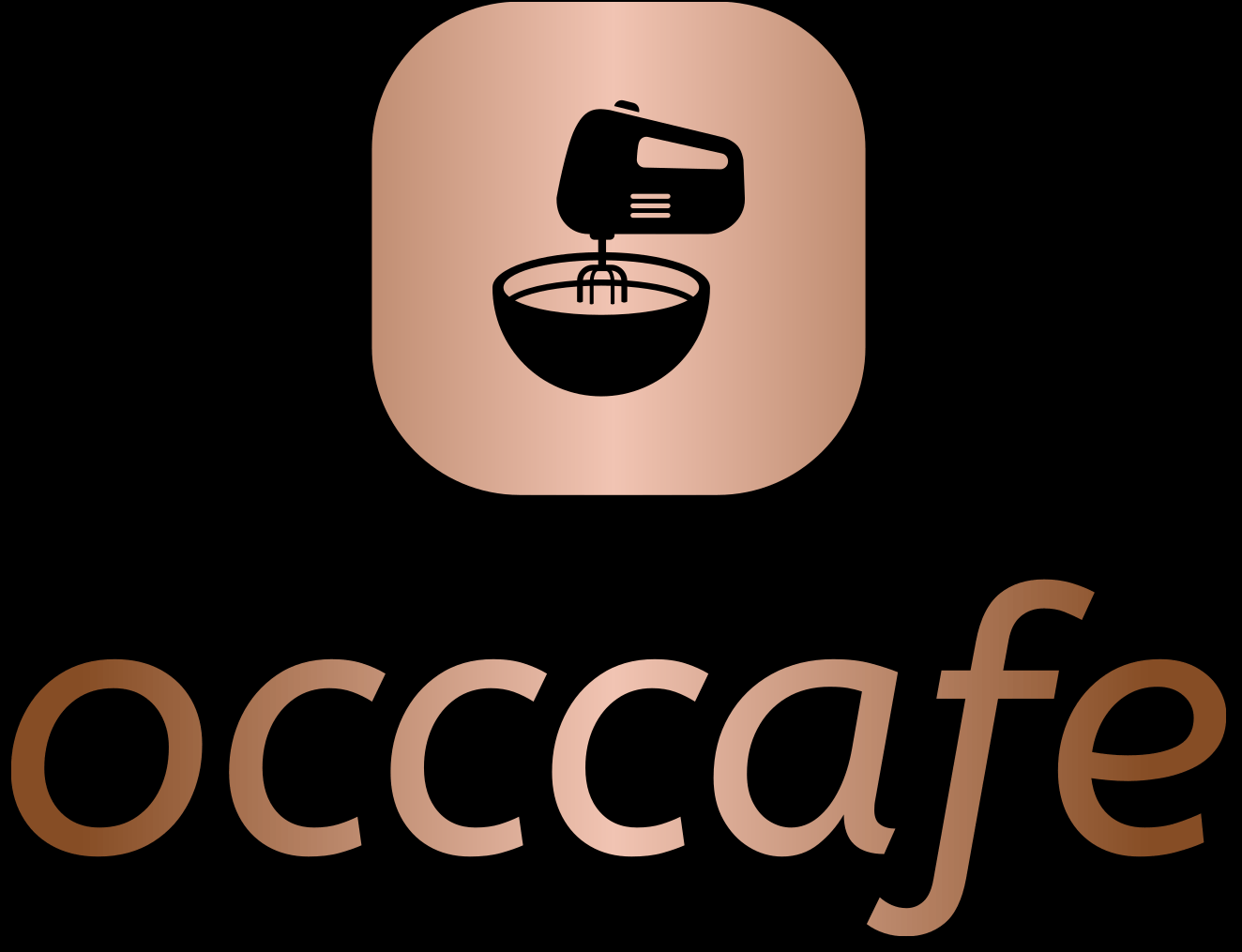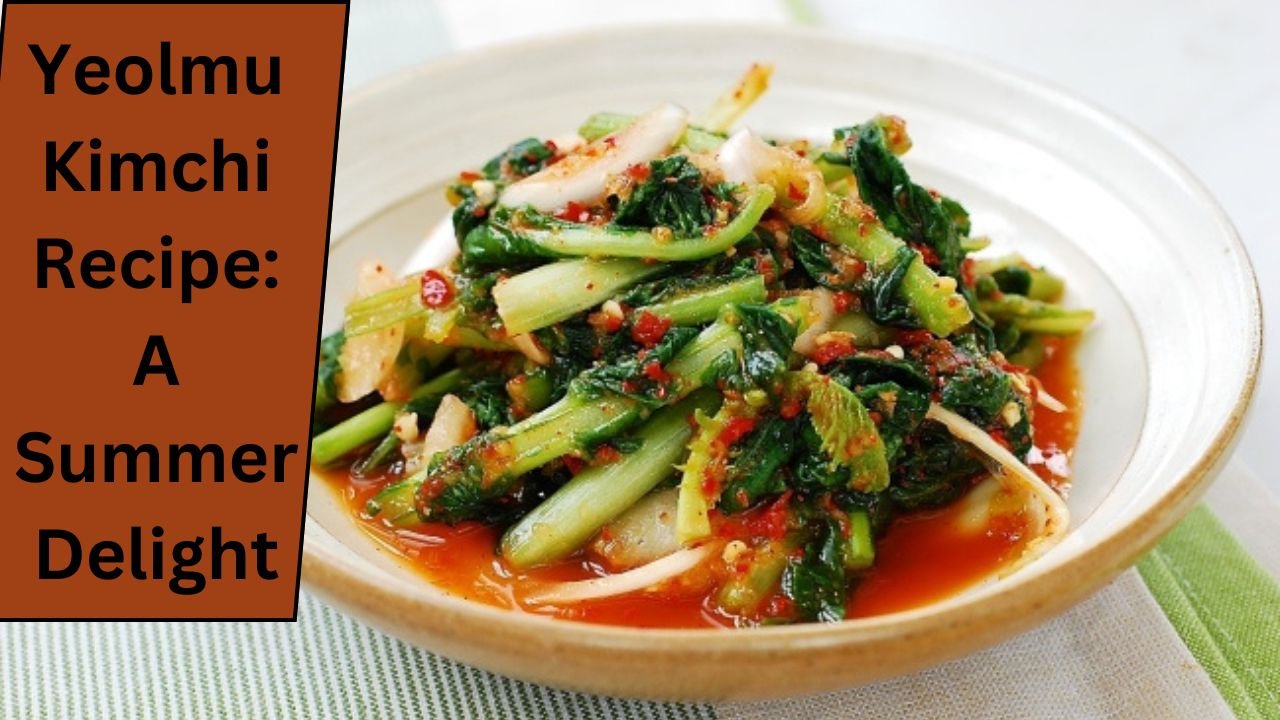Kimchi (bapsang, 밥상) is a staple of Korean cuisine. During the summer, you kimchi (열무 김치) is often offered at home and in restaurants. Yeolmu are young summer radish greens. It’s a sort of white radish with soft, long leaves and a thin, tiny root. It is not as bitter as the top leafy portion of mature white radishes or chonggak mu (young radish).
Young napa cabbage, also known as pubarche (풋배추) or Bulgaria (얼가리), is commonly added to your kimchi, giving it a distinct texture and flavor. I prefer a 2:1 ratio of radish greens to young cabbage. If you like, you can use only the radish greens and omit the young cabbage.
This procedure also works with pubarche (not you), but the kimchi is referred to as pubarche (or Bulgari) kimchi rather than you kimchi.

Look for radish greens with slightly plump stems that are neither too thin nor too thick, as well as dark green leaves. If the root is too thin and little, cut it off; otherwise, use it.
These vegetables must be handled gently. If damaged, they have a grassy flavor (known as butane, 풋내) that persists in kimchi.
Once salted, these vegetables lose a significant percentage of weight. This recipe makes approximately one gallon of kimchi. If it is too much for you, you can simply cut the recipe in half.
Sweet rice flour paste is commonly used in cooler weather kimchi, but I used all-purpose wheat flour for a softer flavor. During fermentation, the wheat paste reduces the grassy flavor while supporting beneficial bacteria.
Fresh red chili peppers are another ingredient that adds to the delicious and refreshing flavor of this summer kimchi. They can be bought in Korean markets and combined with other flavors. If you can’t find it, try gochugaru (korean red chili pepper flakes).
Koreans enjoy using this crunchy and refreshing yeolmu kimchi into bibimbap, bibim guksu, and naengmyeon meals. I hope you give it a try while summer is still here!
Ingredients
Young radish greens and cabbage.
4 pounds of young radish greens (yeolmu).
6 tablespoons Korean coarse sea salt (or less if you like finer salt).
4 cups of water.
2 pounds of young napa cabbage (putbaechu).
3 tablespoons Korean coarse sea salt (or less if you prefer finer salt).
One tablespoon of sugar.
Flour Paste
2 tablespoons flour, 2 cups water.
Other vegetables
5-6 thin onions, sliced to 1-inch lengths.
1/2 large onion, thinly sliced
Instructions

If a radish root is too thin and worthless, chop it off. Otherwise, use a small knife to cut the root’s thin end and remove any impurities. Remove any unwanted leaf stalks and chop the greens into 3-inch lengths.
Remove the root from each young cabbage. Cut the cabbage into 3-inch chunks and place in another large bowl.
Add some water to the greens dish. Let the greens soak in water for about ten minutes to remove any dirt. Next, gently shake the greens in the water several times. Drain. Do the same with the young cabbages.
In a small dish, add 6 tablespoons salt and 4 cups water. Put a handful of greens back in the large dish and sprinkle with salt water. Repeat until the basin is filled with radish greens. If you run out of salt water, keep some in the bowl with the greens for future use. In another container, mix 3 tablespoons salt and 2 cups water. Repeat the technique for the young cabbages.
Allow the vegetables to sit for 40-60 minutes, until they are slightly pliable. Flip them once or twice while salting.
Meanwhile, completely combine the flour and water, and bring to a boil over medium heat, stirring often, to make the flour paste. Cool.
In a blender, combine the chili peppers, garlic, ginger, and saewujeot with 1/2 cup water until roughly chopped. Combine the fish sauce, gochugaru, sugar, and flour paste.
Rinse the salted radish greens and cabbages separately in cool water and drain completely.
Place the radish veggies and cabbages inside the identical huge bowl in three to 4 batches, seasoning as wanted. Combine the scallions and onions. Toss the entirety gently through hand (with cooking gloves) till uniformly covered in spice.
Store in an hermetic container or jar (about 1 gallon capability). Allow to sit at room temperature for a few hours before putting within the fridge. Kimchi may be eaten at any time, but it tastes satisfactory after a few days of refrigeration.
FAQs
What is the shelf life of Yeolmu Kimchi?
You can store Yeolmu Kimchi in the fridge for up to two weeks. When it ferments, the flavor gets better.
Are Spicy and Mild Varieties of Yeolmu Kimchi Possible?
The recipe calls for gochugaru, which are Korean red pepper flakes, so feel free to tweak the amount to your liking.
Can I eat Yeolmu Kimchi with out the beef?
Substitute soy sauce or kelp powder for the fish in vegan Yeolmu Kimchi.
You can be thinking, what exactly is Yeolmu Kimchi?
One form of Korean kimchi is Yeolmu, that is characterized via its use of fresh radish veggies. A summertime favorite, it boasts a nice warmness.
In evaluation to everyday kimchi, how is Yeolmu Kimchi top notch?
Yeolmu Kimchi, made with radish vegetables in choice to napa cabbage, has a softer flavor, a lighter texture, and is right for summer season because it is not as heavy.

